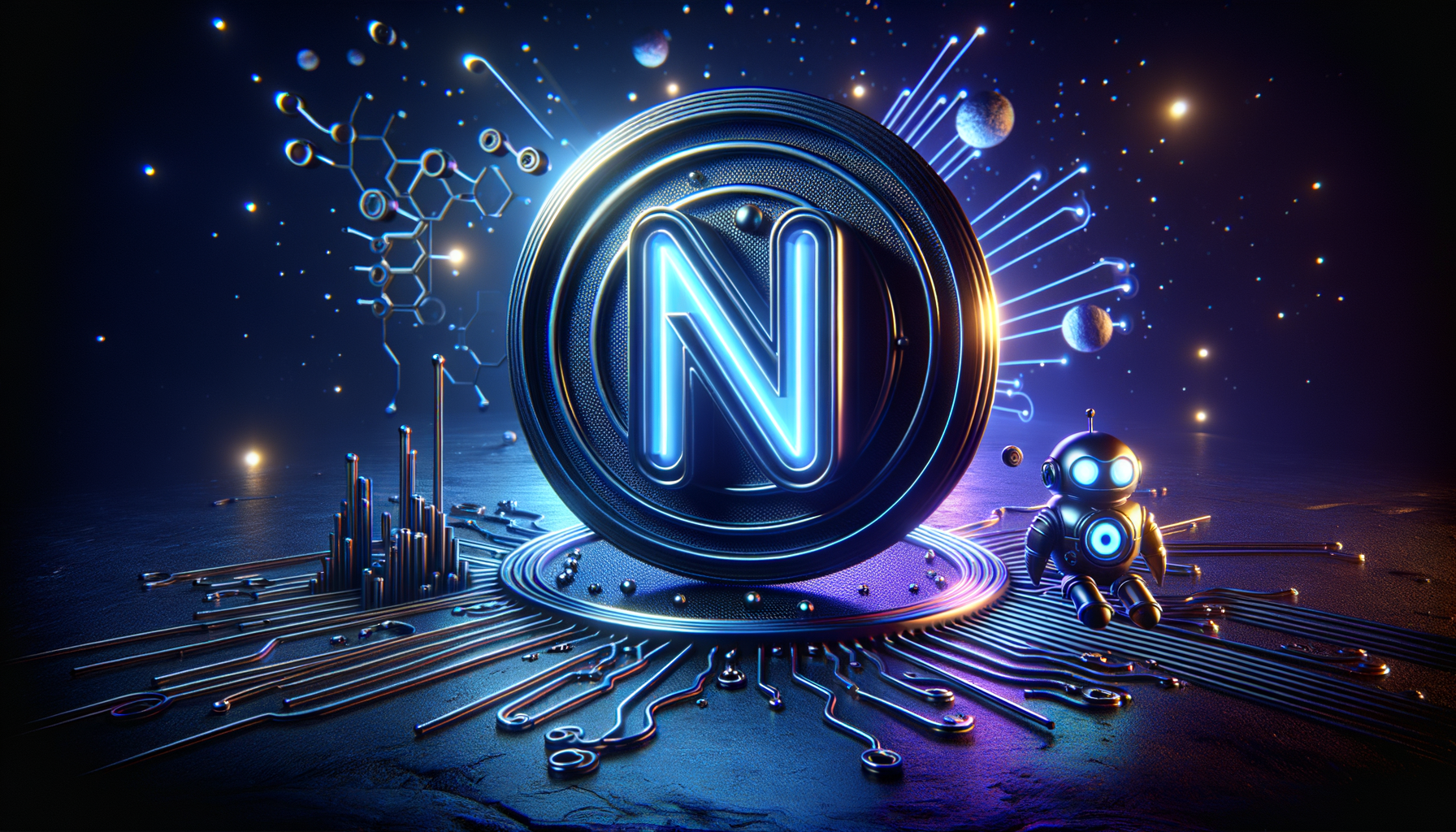Web3 Gaming Platforms Surge to 5 Million Daily Active Users
Web3 gaming hits 5M daily users! Driven by Axie Infinity's successors and StepN's new versions, these platforms offer enhanced gameplay and asset tokenization. Dive into the tech behind the surge!
Web3 Gaming Platforms Reach New Heights
In a significant milestone for the blockchain gaming sector, Web3 gaming platforms have collectively surpassed 5 million daily active users as of November 2025. This surge, driven by the success of platforms like Axie Infinity's successors and StepN's new iterations, underscores a growing interest in decentralized gaming ecosystems. The rise in user engagement is attributed to improved game mechanics, enhanced interoperability, and the integration of real-world asset tokenization, which has broadened the appeal and utility of these games.
Technical Breakdown of Web3 Gaming Architecture
Web3 gaming platforms leverage blockchain technology to create decentralized, transparent, and secure gaming environments. The core architecture involves several key components:
-
Smart Contracts: These are self-executing contracts with the terms directly written into code. In gaming, they manage in-game assets, player interactions, and reward distribution. For instance, Axie Infinity uses smart contracts on the Ethereum blockchain to handle Axie ownership and breeding.
-
NFTs (Non-Fungible Tokens): Each in-game asset, from characters to land, is represented as an NFT. This ensures ownership and scarcity, allowing players to trade or sell assets on various marketplaces. The ERC-721 standard is commonly used for these tokens.
-
Interoperability: Many Web3 games are designed to work across multiple blockchains, enhancing the liquidity and usability of in-game assets. Protocols like LayerZero facilitate cross-chain communication, enabling seamless asset transfers between different gaming ecosystems.
-
Tokenomics: Games often have native tokens that serve multiple purposes, such as in-game currency, governance, and staking. These tokens are typically designed to incentivize player participation and ecosystem growth.
Data & Analysis
The growth in daily active users is a testament to the sector's maturation. According to DappRadar, the total number of daily active users across Web3 gaming platforms reached 5.1 million in November 2025, up from 2.3 million a year earlier. This growth is mirrored by an increase in transaction volume, with platforms like Axie Infinity reporting over 1 million daily transactions.
- User Engagement: The average session length has increased by 30% over the past year, indicating higher player retention and engagement.
- Revenue: In-game revenue from asset sales and token transactions has grown by 150% year-over-year, reaching a market cap of $10 billion for the sector.
- Gas Fees: The implementation of Layer 2 solutions has reduced average transaction fees by 70%, making it more cost-effective for players to participate in these ecosystems.
Ecosystem Impact
The surge in Web3 gaming users has significant implications for the broader blockchain ecosystem:
-
Developers: The increased demand for innovative gaming experiences has spurred a wave of new projects and funding rounds. Developers are now focusing on creating more immersive and interoperable games, leveraging tools like Unity and Unreal Engine with blockchain integrations.
-
Users: Players benefit from greater control over their digital assets, the ability to monetize their time and skills, and the potential for cross-game asset utilization. This shift empowers gamers to participate in the governance and economic models of these platforms.
-
Competitors: Traditional gaming companies are taking notice, with several exploring blockchain integrations or launching their own Web3 gaming initiatives. This competition is driving innovation and pushing the boundaries of what gaming can offer.
Looking Forward
As Web3 gaming continues to grow, several trends are worth monitoring:
-
Regulatory Developments: The increasing mainstream adoption of blockchain gaming may lead to more regulatory scrutiny, which could impact how these platforms operate and market themselves.
-
Technological Advancements: Continued improvements in blockchain scalability and user experience are crucial for sustaining growth. Projects like Polygon's zkEVM 2.0 and Ethereum's EIP-4844 are pivotal in this regard.
-
Community and Governance: The role of player governance in shaping game development and economics will likely become more pronounced, potentially leading to more community-driven gaming platforms.
Experts in the field, such as Gabor Gurbacs, a blockchain advisor, believe that "Web3 gaming is poised to redefine digital ownership and player engagement, but the key will be balancing innovation with user-friendly experiences."





